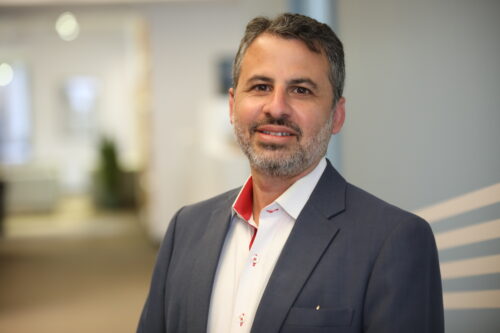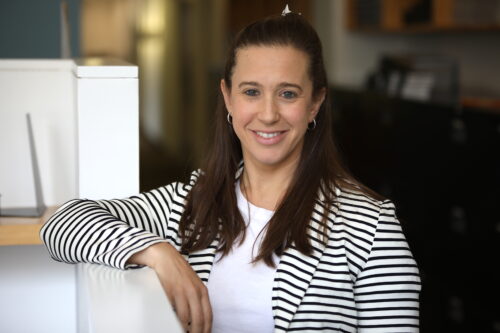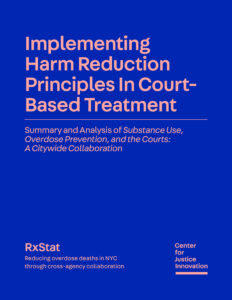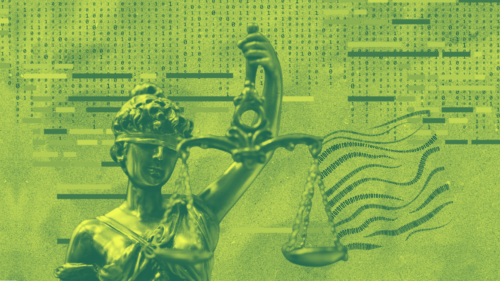-
Daniel Ades

Daniel Ades
-
Jessica Kay

Jessica Kay
The overdose epidemic had added further urgency to New York City courts’ longstanding work to expand access to treatment for people with problematic substance use.
NYC RxStat, an interdisciplinary group of public health and safety experts from New York City and State agencies working to prevent fatal overdoses, partnered with the Center for Justice Innovation to facilitate an all-day event on the role of the courts in addressing substance use.
The collaboration made clear that New York City courts are already applying some of the principles of harm reduction, including by reconsidering the punitive aspects of traditional court-based treatment models.
But what more could courts be doing, and how much can they incorporate an approach which views individual wellness and the avoidance of coercion as axiomatic?
Are there limits to the application of harm reduction in a court setting structured on accountability, punishment, and public safety concerns that transcend the needs, however urgent, of any one individual?
This report documents the major themes from that day and is intended to serve as a catalyst for more dialogue, and for continued efforts to expand access to treatment.

